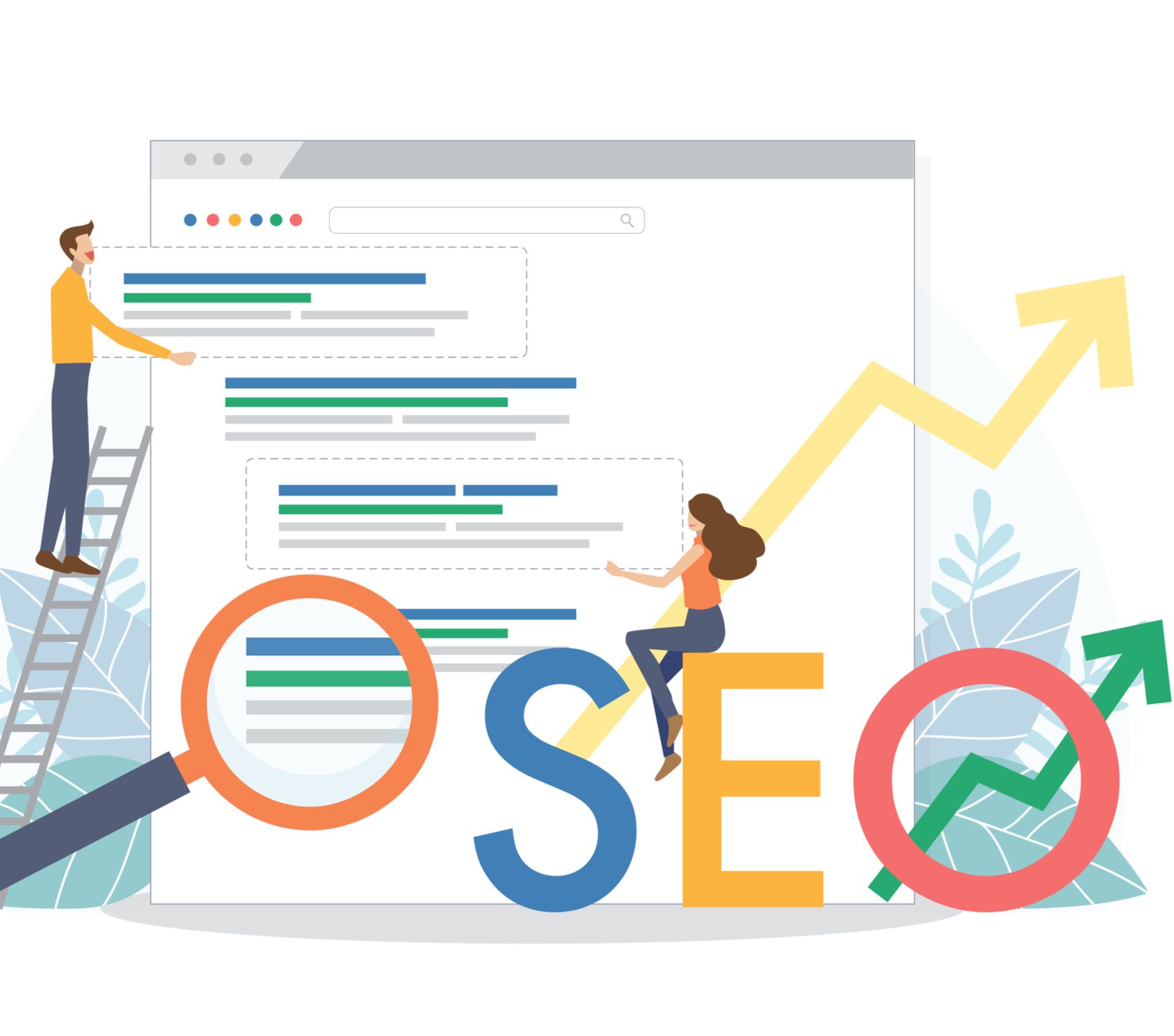
The business world is incredibly competitive. With a multitude of companies in your field, it’s a chore to keep an eye on the competition while managing your business. Some businesses try to cut corners to win because it seems easy and can get them the results they seek. However, the truth is that cheating tactics only work for a short time. At the end of the day, everyone gets found out, and you could get severely penalized for this.
When it comes to growing your business the right way, there’s no escaping the internet. Many people use it, so you can’t do without incorporating it into your growth strategy. With that in mind, it’s essential to also look into effective Search Engine Optimization (SEO) as part of your growth.
In this guide, we’ll look into how your small or medium business can capitalize on SEO for exponential growth as well as some tips you should consider when implementing it.
Leveling the Playing Field With SEO
Plugging Into Web Traffic the Right Way
When it comes to web performance, only a few things matter as much as organic search. It improves performance over time, can move customers down the purchasing funnel, and eventually gets a user to complete an action, be it a sale, a call, an engagement, etc.
However, it all begins with search, and when it comes to search, organic search is the purest form that can get you results. As many know, Google owns the largest share of the global search engine market. There are several other search engines and browsers out there, but Google’s share dwarfs theirs even when combined.
Of course, you could easily get higher visibility via other search engines. However, Google is the clear-cut leader in this category and is truly where you should focus your energy.
Being the most visited site in the world, Google is also the largest email service provider. Its subsidiary, YouTube, also owns the world’s most extensive catalog of video content and is one of the top search engines as well. At least once a day, a vast majority of people with internet access go on Google to get information.
By having high visibility on Google, you can easily capitalize on it to grow your business. The only way to achieve this, however, is through quality SEO and a standard website.
Good SEO Points to a Seamless User Experience
Many SEO professionals tend to focus more on keyword rankings and more while working. This goal is great, but it’s not the entire picture. When ranking sites, Google also considers things like website user experience and content quality.
In fact, user experience on its own is just as significant a factor in your SEO efforts as are things like keyword and content optimization. Positive user experience is a critical element of your success, and you need to ensure it as you go forward.
Customers know what they want, and they’ll go elsewhere if they can’t find it with you. Soon enough, your site and its performance will suffer. When your site has a high SEO ranking, it shows that the site’s content isn’t just good, but the site also provides enough features to draw users to stay on it.
Local SEO Grows Conversions
One of the most significant search engine trends available today is the rise of mobile traffic. More people are browsing and, by extension, searching for businesses on their phones. This trend has made local search more of a fundamental part of business success, especially for startups and medium businesses that are trying to grow.
Essentially, local SEO looks to optimize your website and online platform for a specific area. This way, people around you can easily find you. Considering that you’re closer to them, it becomes much easier to convert them. Local SEO focuses on towns, regions, cities, and even states to establish a channel for you to grow from the ground up.
A local SEO company can take advantage of this by optimizing your site and its content. This step includes adding local backlinks, citations, and local listings that are relevant to the area you’re looking to rank for, the target audience, and your business sector.
Local SEO can also incorporate services like Google My Business and reviews on sites like Yelp and more. All of these focus on optimizing for a specific vicinity, and they are incredibly effective at doing this.
Relative Cost-Effectiveness
Sure, SEO costs money. There’s no way you can rank high and grow your business without spending money. However, when you put it in the grand scheme of things, you’ll find that SEO is affordable. The payoff is also much more considerable over time. You can get an estimated cost for local or national SEO services from a national SEO agency.
When thinking of SEO, don’t consider it a marketing cost. Instead, think of it as a business investment. When implemented right, SEO will reap benefits for years to come. The more investment and attention it gets, the more it improves. So, you can get much more with less money.
Tips for Effective SEO Implementation
Take Out Anything That Slows Your Site
Remember that bit about site performance and user experience? Well, nothing contributes to a terrible user experience quite like slow responses on websites. Site speed remains a critical factor in SEO, and you want to ensure that you optimize your site as much as possible. A delay in load time can cost you conversions in real-time. Perform a thorough audit of your site, and if you find anything that delays traffic, take it out.
Build Links
SEO is not a one size fits all marketing technique. There are many important pieces that can benefit a business. Backlinks are one vital part to a strong SEO plan. Try to link to other sites with similar information in your content. It is recommended that you get sites with data to back up the information you’re trying to convey.
For this, make sure to only link to sites that bounce off yours. Essentially, when someone clicks on that link, they should see it open in a separate tab, not yours. Otherwise, you run the risk of losing that customer and having them go to a separate page entirely.
Optimize Your Content for Humans
Whatever you put on your site, make sure to optimize it for the people you’re trying to reach. Let your language flow naturally and make the content easy to read. Don’t let your focus on keywords cloud you from trying to form that all-important human connection with your readers.












